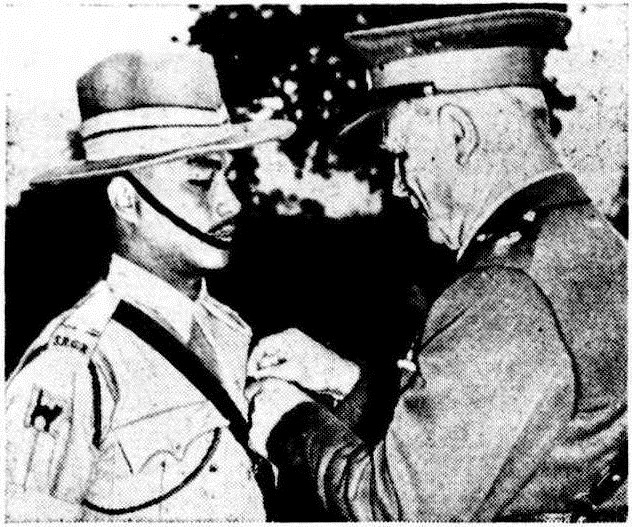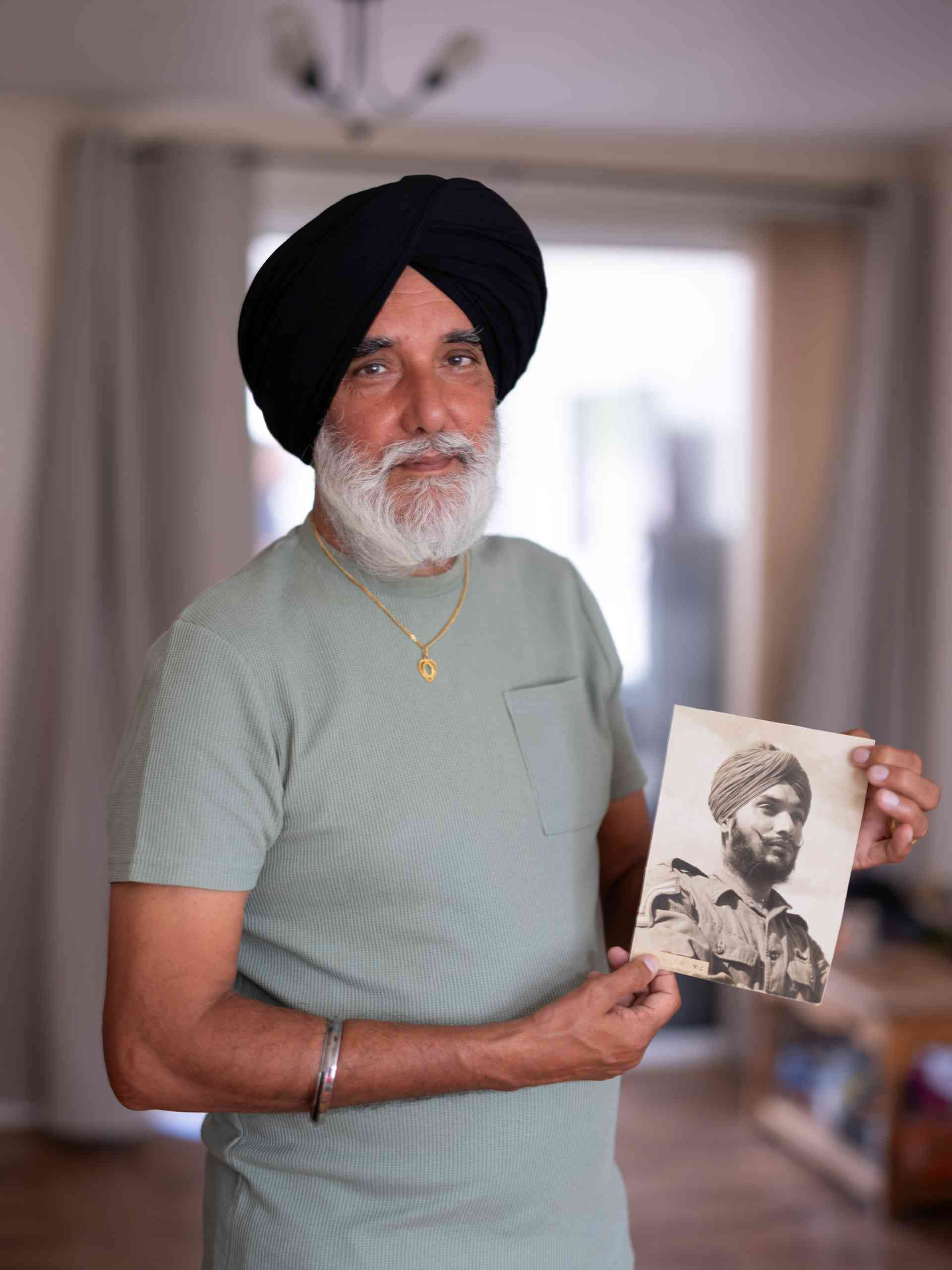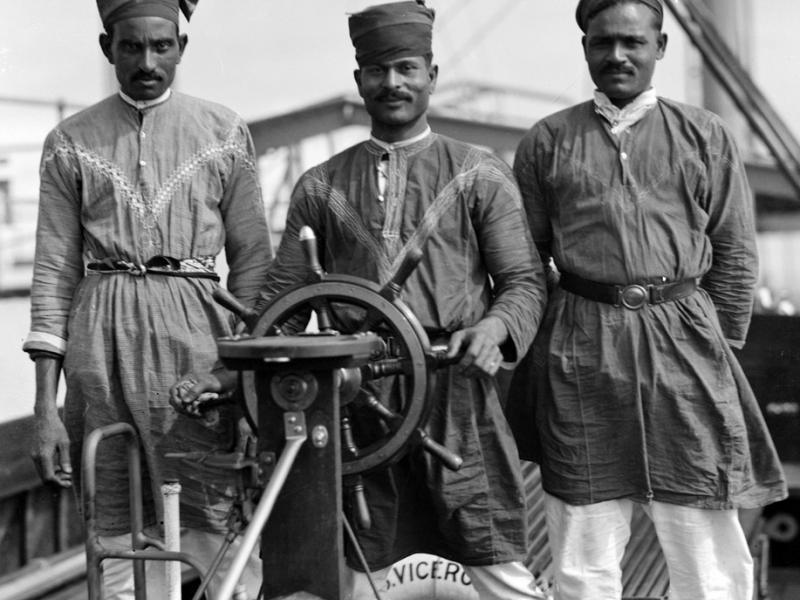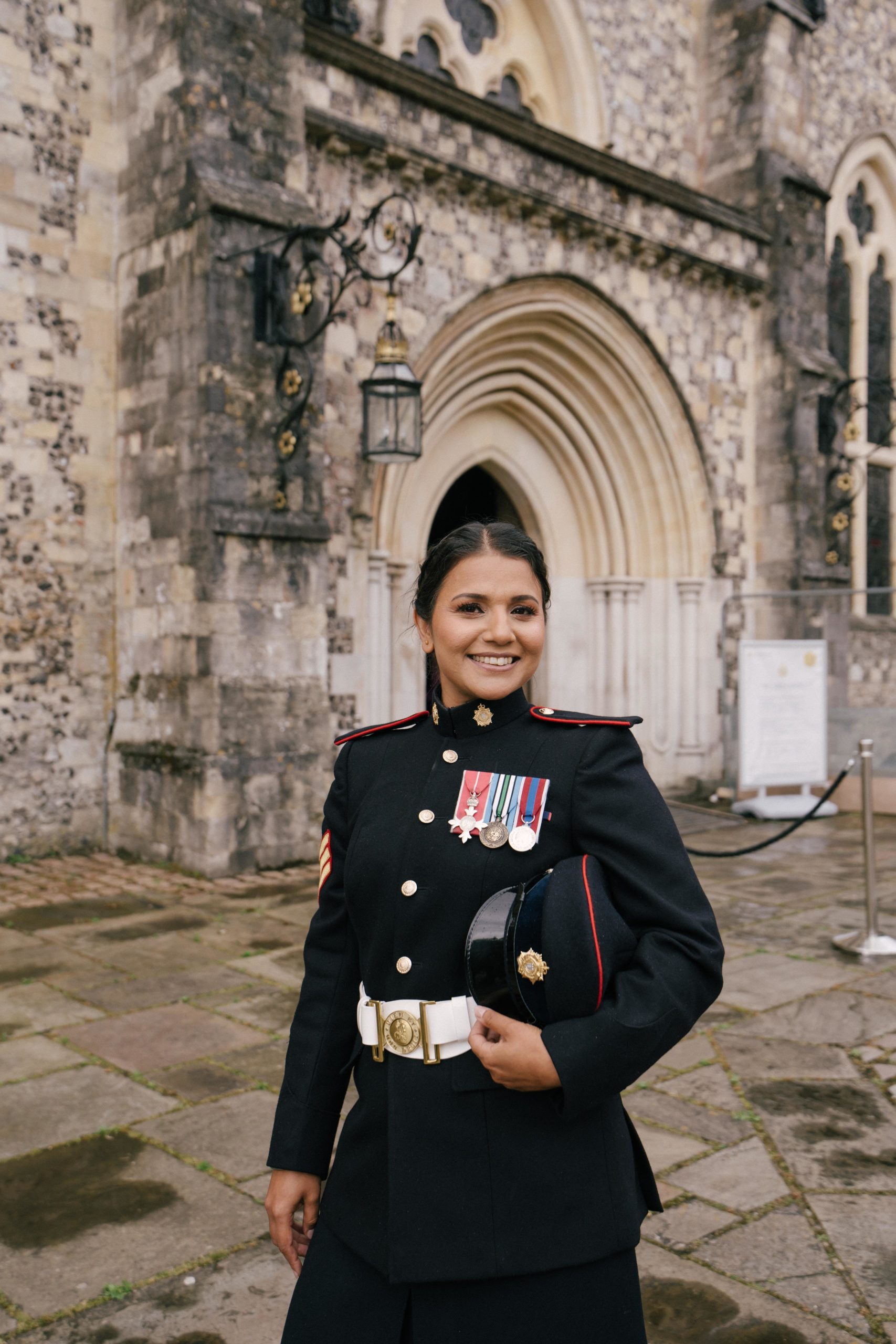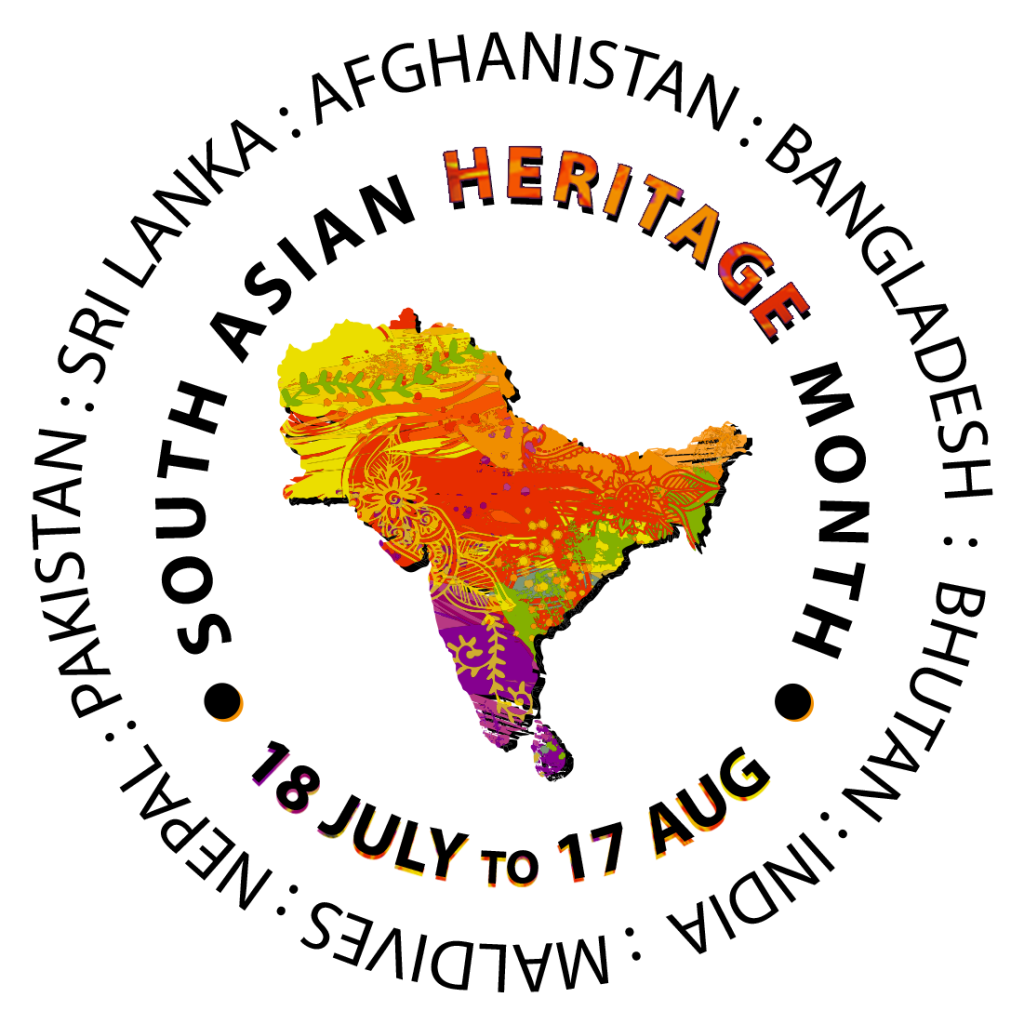Ghale enlisted in the British Indian Army during the escalation of the Second World War, joining the 2nd Battalion, 5th Royal Gurkha Rifles (Frontier Force).
In 1942, the Japanese Imperial Army launched a full-scale invasion of Burma, pushing towards British India. By 1943 the mountainous Chin Hills, a natural border between India and Burma (now Myanmar), was a crucial battleground. Controlling these heights offered the Japanese a strategic advantage for their further advance.
Within the Chin Hills, Basha East Hill loomed large. It dominated the surrounding landscape, granting the Japanese a clear view of Allied positions and making it a formidable defensive position. Two previous attempts by Allied forces to capture the hill had failed, leaving the situation increasingly precarious.
On 25 May 1943 a then 25-year-old Havildar (Sergeant) Gaje Ghale was entrusted with leading a platoon – many of them new recruits – in a third and potentially decisive assault on Basha East Hill. The approach to the hill was a perilous one. A long, exposed ridge, barely 15 feet wide in some places, offered little cover for the advancing Gurkhas. Despite the dangers, Ghale displayed remarkable leadership.
Ghale, fearless in the face of relentless machine-gun fire, led his men forward, but the enemy onslaught took its toll. Multiple wounds wracked his body: a searing pain in his leg, a bullet or shrapnel tore through his chest. His arm, too, felt numb and useless.
Ghale somehow continued to fight, and with unwavering determination, he reached the enemy position, engaged in close combat, and neutralised the threat. His courageous leadership and bravery in the face of overwhelming odds were instrumental in the mission’s success.
For his exceptional bravery, Gaje Ghale was awarded the Victoria Cross (VC), the highest military decoration awarded for valour “in the face of the enemy” to members of the armed forces of various Commonwealth countries and previous British Empire territories. The citation for his VC highlighted his “outstanding gallantry and devotion to duty.”
At the War’s end, Ghale, now a decorated war hero, returned to his homeland at the age of 26. He retired from military service and became an influential figure in his community. Ghale used his position to promote education and development in his village, encouraging younger generations to pursue academic and military careers.
In recognition of his service, Gaje Ghale Park was established in Almora, India. The park serves as a memorial to Ghale and other brave soldiers who have served with distinction. A memorial depicting Ghale has been erected at the park allowing those who visit to reflect on the sacrifices made by soldiers.
Ghale’s name is also recorded in the dome at the Memorial Gates <add link to memorial gates page> located at the Hyde Park Corner end of Constitution Hill in London.
Gaje Ghale passed away on 28 March 2000 at the age of 81, but his legacy lives on. In Nepal, Ghale is a symbol of national pride, and his name is synonymous with bravery and honour. His story is taught in schools, and his legacy is celebrated in military and public commemorations.
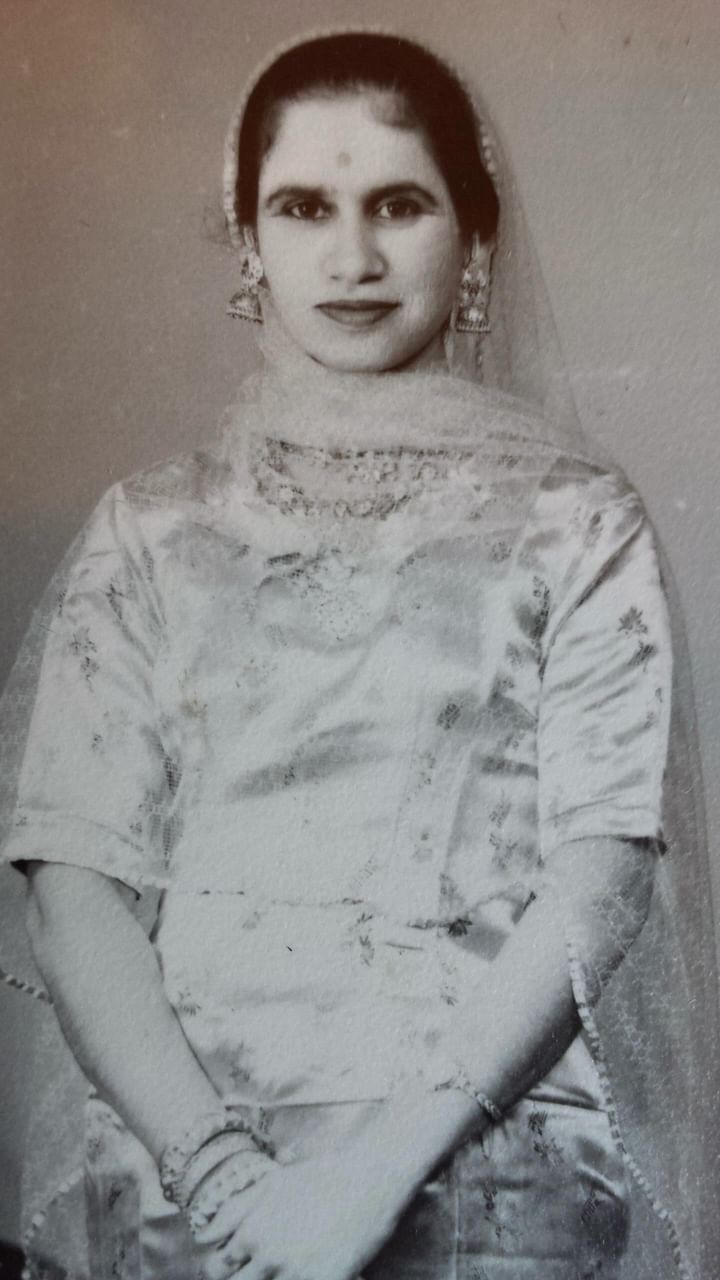
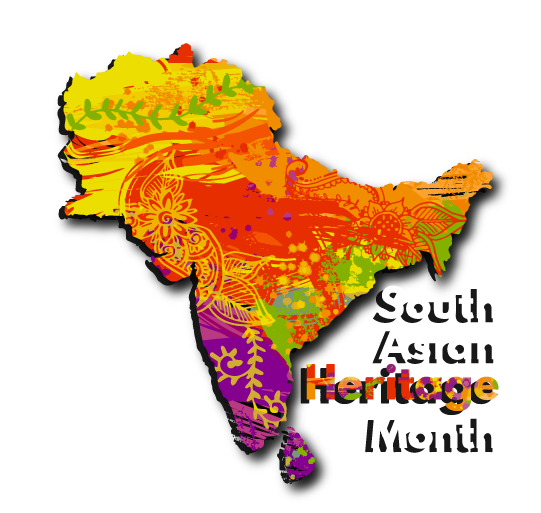 South Asian Heritage Month dates changed to "July" from 2026 — Learn more here →
South Asian Heritage Month dates changed to "July" from 2026 — Learn more here →

